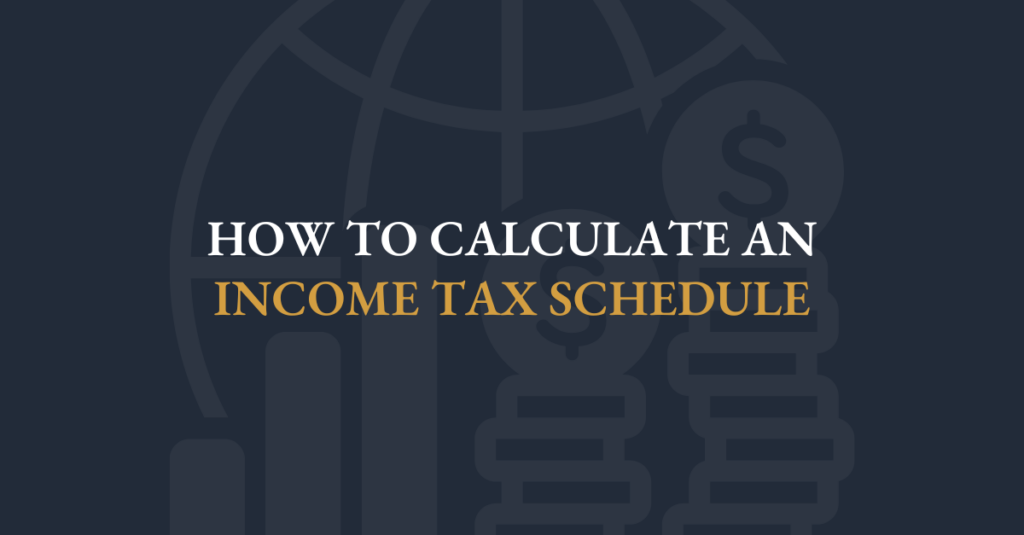
Mastering the essentials of tax modeling is critical for any financial modeler. By understanding key components such as the tax rate, Earnings Before Tax (EBT) for accounting reporting, and Taxable Income (ie. EBT) for government reporting, modelers can ensure the accurate calculation of the Current and Deferred Tax values that appear on the financial statements.
For those dealing with more complex scenarios, additional tax schedules and adjustments may be needed to provide deeper insights into tax assets and liabilities.
This breakdown focuses on the key components of income tax modeling for financial models.
DISCLAIMER
Income tax is a complex area, and financial modelers may need to seek specialist income tax advice in certain situations. There is no one-size-fits-all solution for modeling income tax.
Income Tax Schedule Components:
Tax Rate:
The tax rate is linked from the assumptions sheet and should reflect a forward-looking estimate of the company's rate.
Note: Purple values indicate links to the assumptions sheet.
Accounting EBT:
The Earnings Before Tax (EBT) component is from the income statement. It signifies the pre-tax income according to accounting standards.
Government EBT (Taxable Income):
Taxable Income (EBT for tax purposes) may differ from Accounting EBT due to government rules about the timing of tax deductibility of certain items and/or the amount that can be deducted.
One example of this is depreciation expense, which is typically calculated differently on the accounting statements than it is on the government statements. Governments often allow companies to accelerate the depreciation of their fixed assets.
Tax Calculation:
Accounting EBT multiplied by the tax rate gives the total income tax expense. This is the amount that appears on the income statement. Taxable Income, when multiplied by the same tax rate, provides the current tax. This is the amount the company needs to pay the government for the current financial period.
Total Income Tax = Accounting EBT × Tax Rate
Current Tax = Taxable Income × Tax Rate
Deferred Tax:
On the Income Statement, the Deferred Tax expense is calculated as the difference between the Total Tax expense and the Current Tax each year.
The Deferred Tax Liability (or asset) on the Balance Sheet is a cumulative total of the Deferred Tax expense each year and the prior year’s value on the Balance Sheet.
Deferred Tax Expense = Total Income Tax − Current Tax
Integration with Financial Statements:
The calculated tax values are then linked to the appropriate sections of the Income Statement, with further adjustments made in the Cash Flow Statement and Balance Sheet to reflect deferred tax treatment accurately.
Advanced Modeling Considerations
For deeper analysis, you can model more differences between accounting and government rules (ie. tax losses), by integrating additional schedules or calculations directly into the tax schedule, offering a more nuanced view of tax assets and liabilities and their impact on financial statements.







